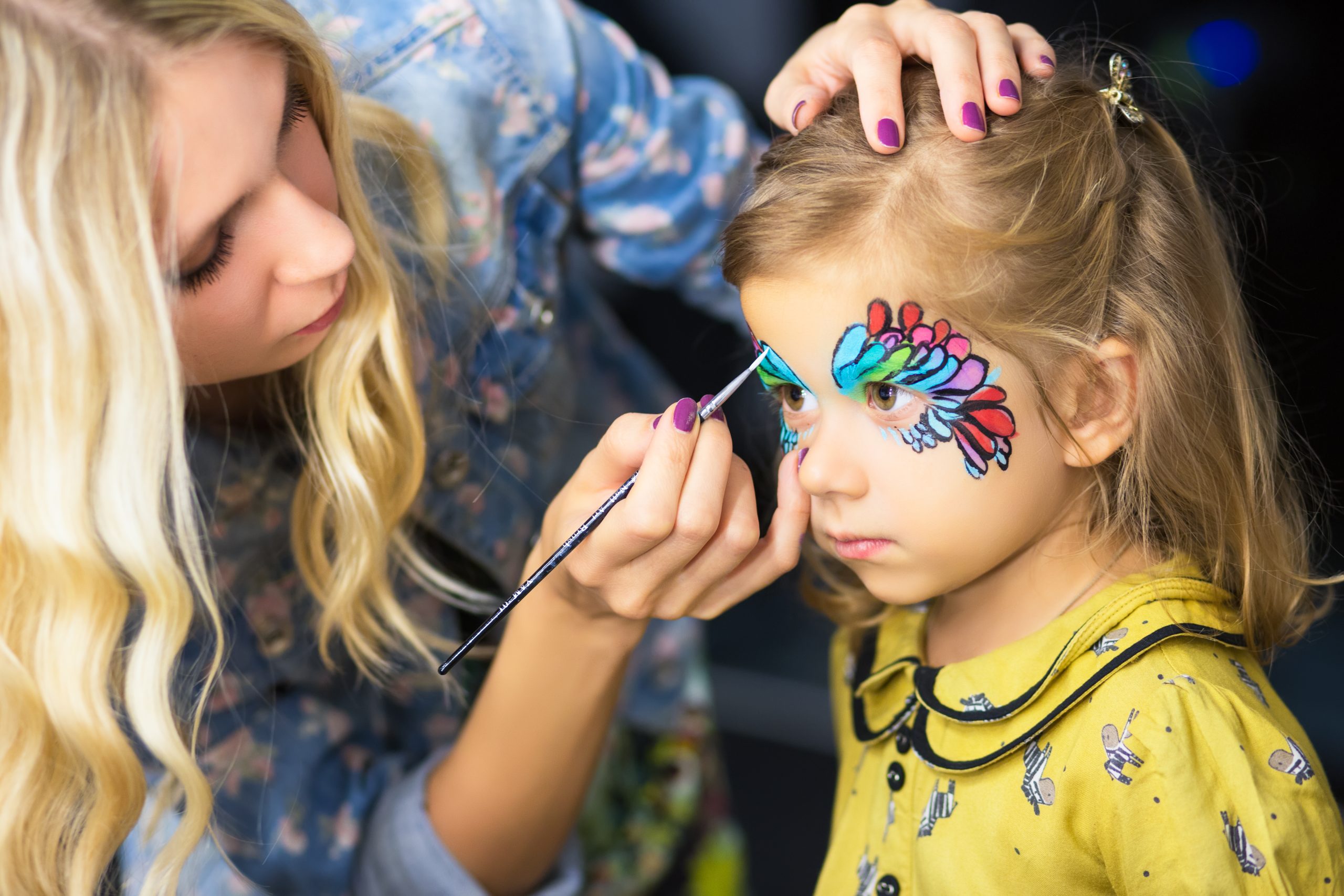The history of face painting goes back to ancient times. Here are some key points in the history of face painting:
Ancient civilizations: Face painting was used as early as ancient Egypt, more than 5,000 years ago. Egyptian men and women used mineral pigments to decorate their faces. The use of make-up also had symbolic meaning and was associated with status and religion. Makeup was also used in other ancient civilizations, such as ancient China, India, Greece and Rome, for both beauty and ceremonial purposes.
Middle Ages and Renaissance: In the Middle Ages and Renaissance, stage actors used face paint to make their faces more visible on stage. The make-up was used to express certain emotions or character traits and to create the illusion of distance.
19th century: In the 19th century, face painting began to become popular with circus performers and vaudeville artists. They used face paint to create striking and dramatic facial designs to make them more visible to audiences in large theaters.
20th century: In the 20th century, the use of make-up and make-up grew exponentially, with the rise of film, television and fashion industry. Makeup became more and more accepted and used by people in their daily lives.
Today: Face painting is now popular for various occasions, such as carnival, Halloween, theme parties, cosplay events and children’s parties. It has become an art form in itself, with professional make-up artists creating complex designs and transformations using special make-up products.
Nowadays, face painting is not only limited to the face, but can also include other parts of the body, such as hands, arms and legs. Face paint can range from simple designs, such as animal and floral designs, to elaborate facial transformations, such as fantasy creatures and superheroes. It’s a creative and fun way to express yourself and dress up for special occasions.



